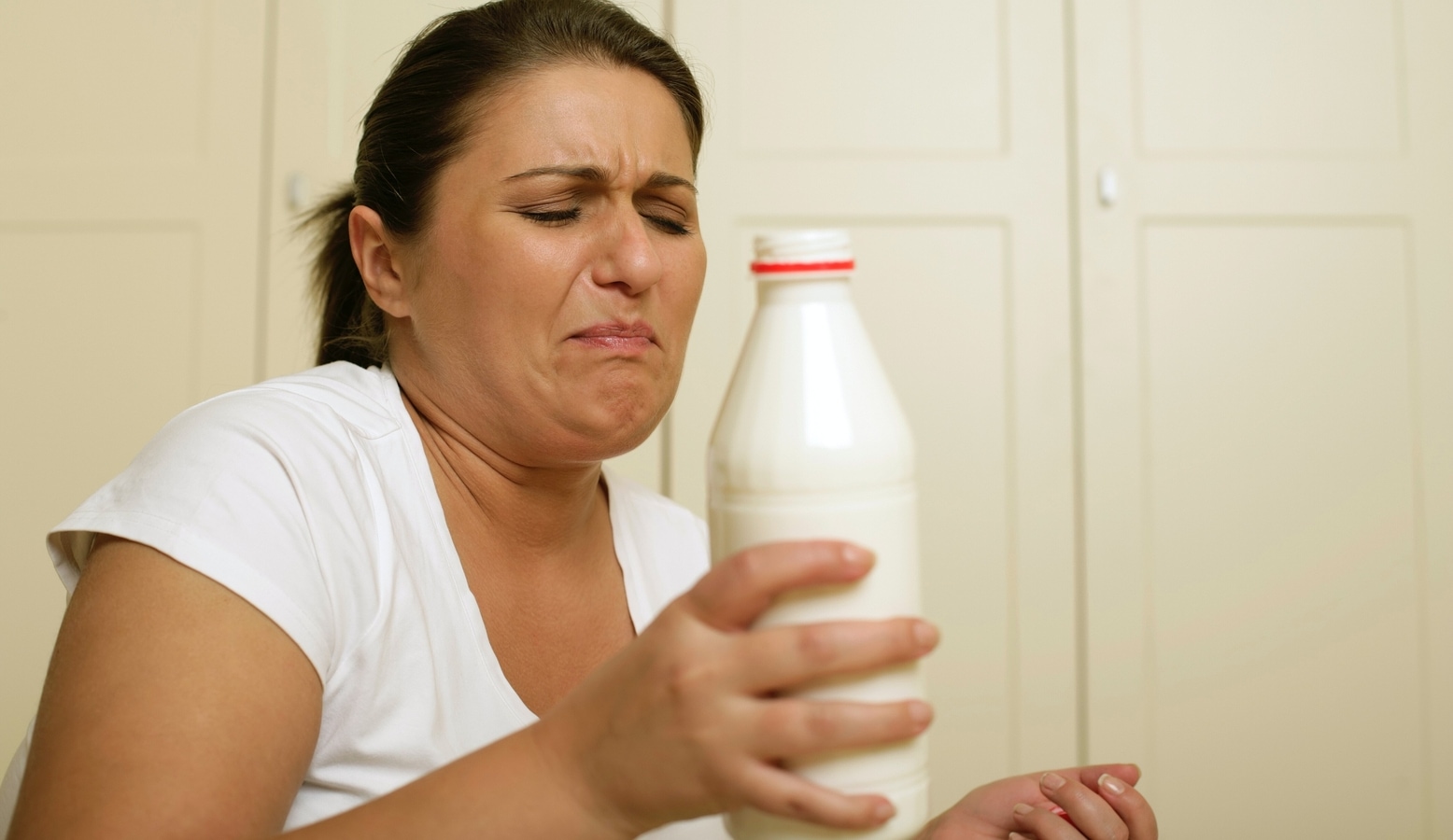India is a country which consumes a large amount of milk and dairy products, including curd, cheese, butter, etc but recent studies have shown that many are finding dairy products difficult to digest and finally eliminating them from their diets. The reason behind this problem is more to do with our internal system than mental acceptance of certain food products.
Lactose intolerance, also known as milk intolerance, has a high prevalence in India where almost about 60% of people are lactose intolerant. It often goes misdiagnosed as an intolerance unless the symptoms are very severe.
In an interview with HT Lifestyle, Avanti Deshpande, PCOS and GUT Health Nutritionist, explained, “Lactose is the sugar that is present in milk. When we consume food which contains lactose, the enzyme lactase in the small intestine breaks food into simple sugars known as glucose and galactose, which are then utilized by the body. In the case of lactose intolerance, the body is unable produce enough lactase to break down lactose. In that case, the lactose sits in the gut and gets broken down by bacteria, causing gas, bloating, stomach cramps, and diarrhea. This may cause excruciating stomach ache and discomfort.”
She elaborated, “Although lactose intolerance is frequent in children, it is more noticeable in adults. Apart from the age and low production of lactase enzyme, lactose intolerance may also be caused due to other digestive issues like Irritable Bowel Syndrome (IBS), Crohn’s disease or the side effects of medications, particularly antibiotics and various infections.”
Highlighting that lactose intolerance is not the same as milk allergy, the health expert revealed, “They are often confused with one another. Lactose intolerance is a digestive issue brought on by milk sugars, whereas milk allergy is an immune system issue brought on by the immune system’s reaction to milk protein. A severe milk allergy could be fatal. The symptoms in both might look similar, therefore it is important to identify lactose intolerance well.”
According to Avanti Deshpande, the symptoms of lactose intolerance include:
1. Nausea
2. Stomach cramps
3. Bloating
4. Gas
5. Diarrhea
The nutritionist recommended, “If you experience these symptoms after ingesting milk or milk products on a regular basis, you should see a doctor who can confirm your lactose intolerance through blood tests. Before presuming you are lactose intolerant and beginning self-restriction, you must have a thorough diagnosis. If you are diagnosed with lactose intolerance, it is imperative that you modify your diet in order to effectively treat the digestive issue.”
She suggested the following tips to manage lactose intolerance:
1. Identify foods that contain lactose – Apart from milk, lactose is present in other milk products like cheese, cottage cheese, concentrated milk solids (like mithai), whey protein powders, soup powder which contain milk powder, dairy whiteners, skimmed milk powder. Curds could be tolerated in lactose intolerance because the lactose is converted to lactic acid. But again, this is personalized and should be tried with small portion sizes.
2. Start on milk alternatives – A lot of milk alternatives like plant-based drinks can suit people suffering from lactose intolerance. Soy drink can be a good and affordable replacement, apart from other plant-based drinks such as almond, oats, walnuts, rice, etc. It gives an added advantage of being plant-based, rich in omega-3 fatty acids and Vitamin E.
3. Substitute for milk protein – One common worry for people being lactose intolerant, is how to manage the protein requirement of the day. In the case of non-vegetarians, it’s still simple, but vegetarians worry even more. But other sources of protein are nuts, oil seeds, pulses, lentils, soy tofu, and plant-based beverages such as soy and almond drink. If curds can be tolerated you can include them as a source of protein.
4. Get calcium from other foods – Milk is a rich source of calcium, and if the worry is about meeting the calcium requirement – green leafy vegetables, plant-based drinks, nuts, millets like Amaranth, Ragi, and grains like Quinoa work wonders.
5. Read the labels well – Processed foods, like soup powders, pasta sauces, etc., may contain lactose in the form of milk powders. Therefore, choosing a product becomes a well-informed choice if you are aware of the ingredient list.
6. Improving gut health – Healing the gut is a good way to increase tolerance to lactose so that the digestive system gets stronger. Including probiotics and prebiotics will help to build the flora.
7. Taking lactase enzymes – These are available under doctors’ supervision and will help to digest the lactose better.
Following healthy eating habits will help avoid any inadequacies caused by a lack of dairy consumption and can help manage lactose intolerance.


